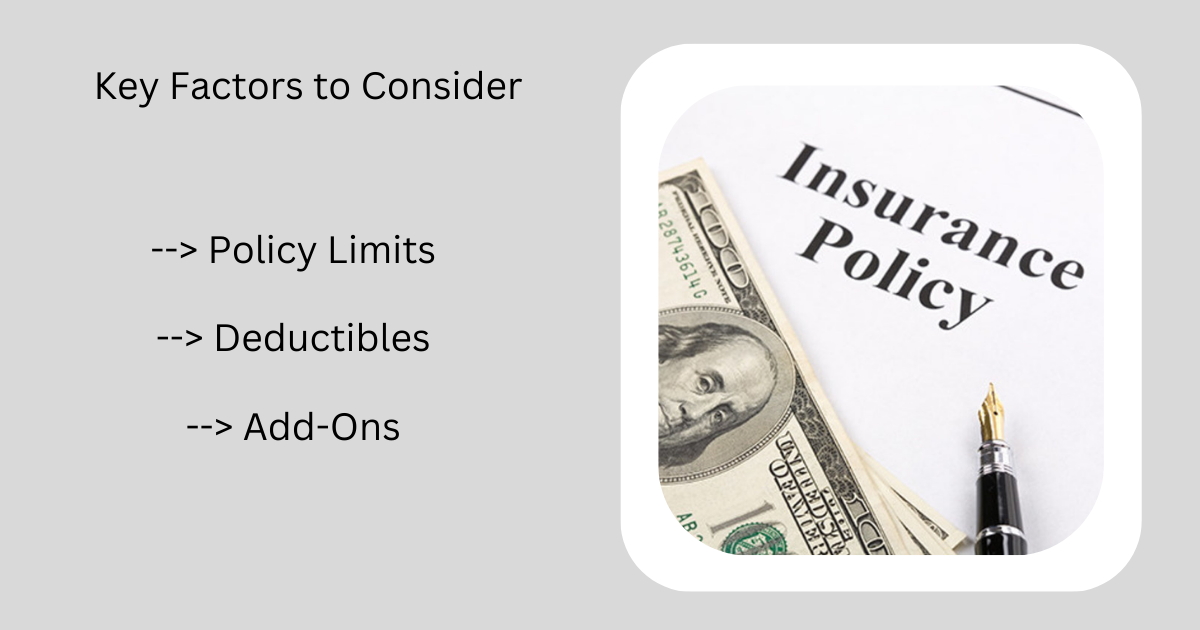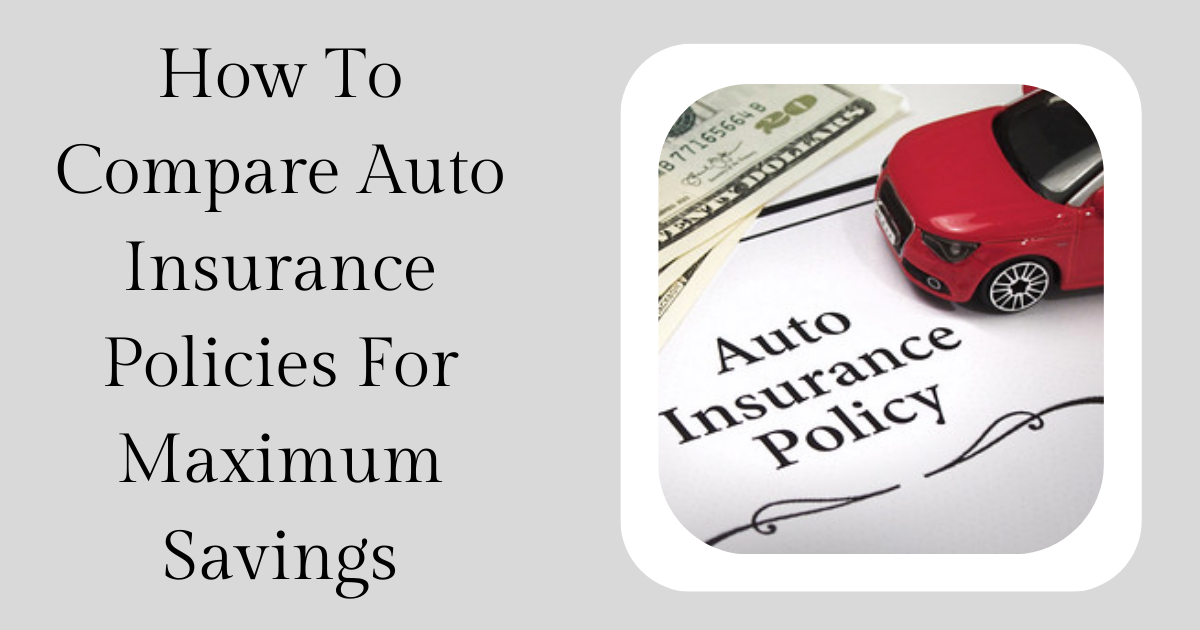Comparing auto insurance policies is crucial for maximizing savings while ensuring adequate coverage. With the right approach, you can navigate the complexities of insurance options and find a policy that fits your needs and budget perfectly. This article will explore effective strategies to compare auto insurance policies, helping you make informed decisions that can lead to significant savings.
Understanding Auto Insurance Basics
Before diving into comparisons, it’s essential to grasp the basic components of auto insurance. Most policies include various coverage types:
- Liability Coverage: Covers damages to others if you’re at fault in an accident.
- Collision Coverage: Pays for damage to your vehicle after a collision.
- Comprehensive Coverage: Covers non-collision-related damages (e.g., theft, vandalism).
- Personal Injury Protection (PIP): Covers medical expenses for you and your passengers.
Understanding these components will help you evaluate which coverages are necessary for your situation.
1. Gather Multiple Quotes
The first step in comparing auto insurance policies is to gather quotes from multiple insurers. This process allows you to see how different companies price similar coverage levels. Aim to collect at least three to five quotes for a comprehensive view of your options. Online comparison tools can streamline this process, saving you time and effort.
2. Evaluate Coverage Levels
When comparing quotes, focus not only on the price but also on the coverage levels provided. A lower premium may come with reduced coverage or higher deductibles, which could cost you more in the event of a claim. Ensure that the policies you’re comparing offer similar coverage types and limits to make an accurate comparison.
Key Factors to Consider:

- Policy Limits: Ensure that liability limits meet your state’s requirements and your personal needs.
- Deductibles: Compare how much you’ll need to pay out-of-pocket before your insurance kicks in.
- Add-Ons: Look for additional coverages such as roadside assistance or rental car reimbursement.
3. Check Customer Reviews and Ratings
Customer satisfaction is a critical aspect of any insurance policy. Research customer reviews and ratings for each insurer you are considering. Websites like J.D. Power and Consumer Reports provide insights into customer experiences regarding claims processing, customer service, and overall satisfaction.
4. Assess Discounts Offered
Insurance companies often provide various discounts that can significantly reduce your premium costs. Common discounts include:
- Multi-Policy Discount: Save by bundling auto insurance with home or renters insurance.
- Safe Driver Discount: Available for drivers with a clean driving record.
- Good Student Discount: Offered to students who maintain a certain GPA.
- Low Mileage Discount: For those who drive fewer miles annually.
Be sure to inquire about available discounts when obtaining quotes, as these can vary significantly between insurers.
5. Analyze Financial Stability
The financial stability of an insurance company is vital for ensuring they can pay claims when needed. Research the insurer’s financial ratings from agencies like A.M. Best or Standard & Poor’s. A strong financial rating indicates that the company is likely to meet its future obligations, providing peace of mind as you choose a policy.
6. Review Policy Exclusions
Every auto insurance policy has exclusions—situations or conditions not covered by the policy. Carefully review these exclusions to understand what is not covered in your policy. Common exclusions may include:
- Intentional damage
- Racing activities
- Driving without a valid license
Being aware of these exclusions helps prevent surprises during claims processing.
7. Customize Your Policy
Once you’ve gathered quotes and assessed coverage options, consider customizing your policy to fit your specific needs better. You can adjust coverage limits, select add-ons, or increase deductibles based on your risk tolerance and budget constraints.
Tips for Customization:
- Increase deductibles if you have a solid emergency fund; this can lower premiums.
- Opt for add-ons that provide essential protections relevant to your lifestyle (e.g., roadside assistance if you frequently travel long distances).
Also Read : Protecting Your Loved Ones Why You Need Life Insurance in the St Croix Valley
Conclusion
Comparing auto insurance policies effectively requires diligence and attention to detail. By gathering multiple quotes, evaluating coverage levels, checking customer reviews, assessing discounts, analyzing financial stability, reviewing exclusions, and customizing your policy, you can maximize savings while ensuring adequate protection. Investing time in this process can lead to substantial savings on premiums while securing the coverage necessary for peace of mind on the road.
FAQs
- How often should I compare auto insurance policies?
It’s advisable to compare policies annually or whenever significant life changes occur (e.g., moving, buying a new car). - What factors influence my auto insurance premium?
Factors include driving history, location, vehicle type, credit score, and coverage levels chosen. - Can I change my auto insurance provider anytime?
Yes, you can switch providers at any time; however, ensure there’s no lapse in coverage during the transition. - What is a deductible in auto insurance?
A deductible is the amount you pay out-of-pocket before your insurance covers the remaining costs after a claim. - Are online comparison tools reliable?
Yes, reputable online comparison tools aggregate information from multiple insurers and provide accurate quotes based on user input.

